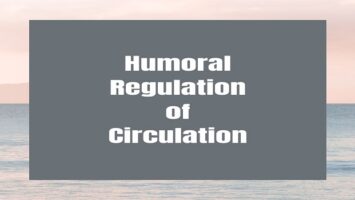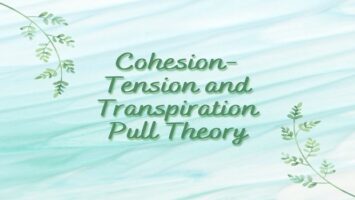Stem Cells are Undifferentiated Cells:
Stem cells are undifferentiated ones that give rise to renewing cell populations of the body through a well-directed pathway of differentiation. Undifferentiated stem cells may undergo division to give rise to more stem cells, and only a few of them may be differentiated to participate in tissue formation. There are many kinds of stem cells belonging to certain basic categories, and cells from each category have some degree of commitment. We can take here an example of stem cells from the bone marrow and spleen that undergo differentiation to form red blood cells.
In the chick, the red blood cells retain the nucleus throughout their life, whereas in mammals the nucleus degenerates and disappears early, before maturation. The stem cells in the bone marrow receive a stimulus so that they embark upon a pre-committed path of differentiation in the erythrocytic series. A stem cell is small and round, and is one among a large population of mixed cells distributed in several organs. A stem cell destined to undergo differentiation into an erythrocyte contains a special protein known as erythropoietin. Once the determiner is synthesized in the cell, the stem cell becomes a pre-erythroblast which undergoes a series of maturation steps, and ultimately differentiates into an erythrocyte. The pre-erythroblasts leave the compartment of stem cells and each undergoes four divisions to give rise to 6 morphological stages. During this period new proteins- lipoproteins, nucleoproteins, haemoglobin, certain enzymes, and carbohydrates- are synthesized. The immature cell undergoing differentiation shows a number of other characteristics. The nucleus disintegrates, and cytoplasmic contents disappear except for the mRNA and protein-synthesizing machinery. The cell becomes, sac-like, containing haemoglobin, mRNA coding for haemoglobin, ribosomes, tRNA, inorganic salts, and water.
Experiments have been conducted to induce erythropoiesis in the erythropoietic tissues by stimulating stem cells treated with erythropoietin, a hormone obtainable from the plasma. Bessis (1967) reported that hormone-treated stem cells are activated by transcription of repressed genes, i.e., the inactivated genes are turned on. It has been demonstrated that the hormone causes in vitro synthesis of messenger RNA, and haemoglobin and helps the accumulation of cellular iron. Following four cell divisions, the erythroblasts devoid of nucleus become filled with haemoglobin and enter the circulation as reticulocytes. It takes about two to three days for a reticulocyte to become a fully mature erythrocyte. The average lifespan of red blood cells in man is about 120 days, after which it is either phagocytosed or destroyed in the liver. In a mature cell, there is a total arrest of RNA synthesis and transcriptional activity. The stem cells are, therefore, constantly engaged in replenishing the erythrocyte supply.









Comments (No)